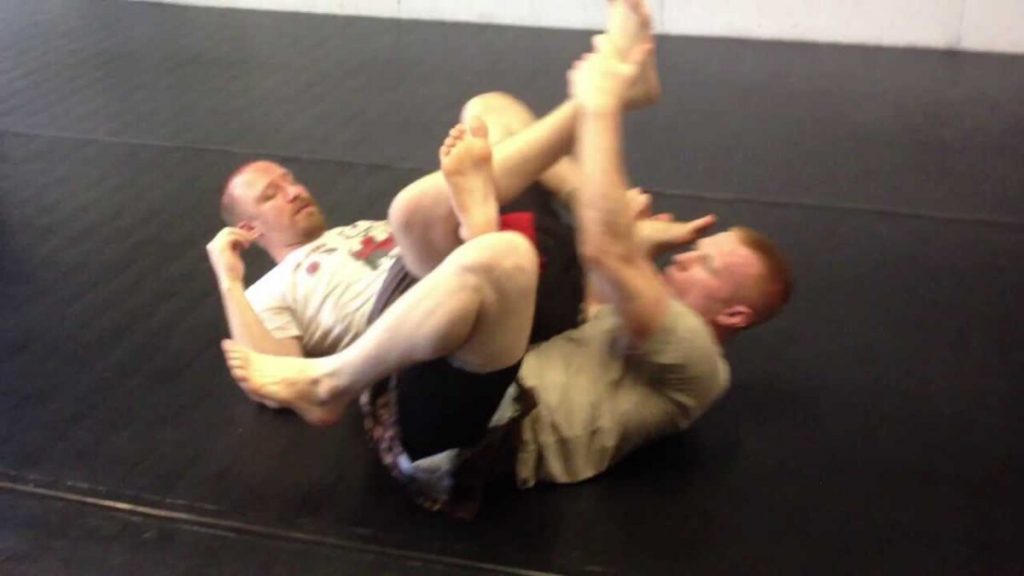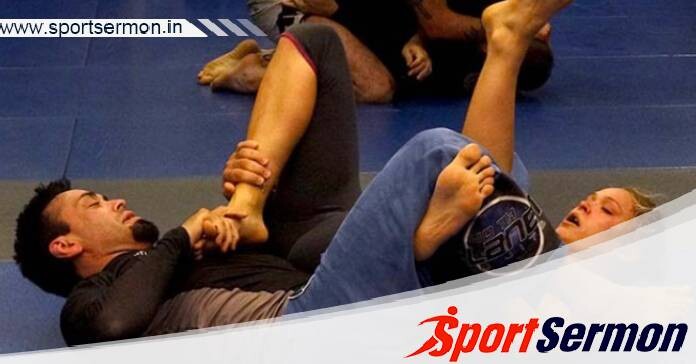Truck Position in BJJ: Brazilian Jiu-Jitsu (BJJ) is a martial art that is recognised for emphasising technique, positional superiority, and strategy. They are exposed to various views as they advance in knowledge, some of which are more distinctive than others. The iconic “Truck” position is perhaps one of the sport’s more unique positions. The Truck is a wrestling-related move that has come to be associated with Eddie Bravo’s 10th Planet Jiu-Jitsu style of grappling. More and more sportsmen have modified this manoeuvre to bring fresh elements to their play. Today, we’ll examine the Truck and its workings and uses in BJJ.
What is Truck Position in BJJ?
The Truck is a control posture that primarily focuses on the opponent’s lower body, particularly the hips and legs. This kind of control is achieved by holding the opponent’s hip or waist while simultaneously hooking one of their legs with your own. In addition to restricting the opponent’s movement, this innovative arrangement creates a number of assault routes and transition points to other locations, such as the back.
Advantages From A Strategic Perspective

The truck’s ability to provide control is one of its key benefits. It is challenging for the adversary to mount any significant offence when the practitioner is in control of the match’s tempo and direction. The Truck’s adaptability is a major plus as well. From here, you can choose a variety of paths that will put you in positions of power. Additionally, while the Truck is still not as widely used as other tactics in the mainstream, it retains some of its mystery because not all practitioners are aware of how to respond (particularly to defend) when you apply it to them. It is advised to surprise your adversaries and draw them into new territory with the Truck.
You might also be interested in reading this: How To Escape The BJJ Seated Guard?
Basic Entries
Geo Martinez, a black belt under Eddie Bravo and a top-tier fighter, illustrates two fundamental entries into the truck in this video. The first approach involves raising the opponent’s legs to make them fall to the ground so you may enter the truck. As you grab the space at their hip, force their leg upward. To strengthen the control, you can hook one leg to the side and grip the other leg with both hands. You have a lot of offensive options with this straightforward yet subtle entrance. You face off against a turtle-up opponent in the truck in the second entrance. This is a good follow-up move to the previous one because if you stack them, your opponent could turtle.
Basic Finishes From The Truck
Brandon Mccaghren is a well-known 10th Planet black belt who is noted for his precise BJJ technique. In this video, he displays a number of submissions that you may utilise after you’re in the truck position. He shows off a variety of powerful finishing techniques, such as the crotch ripper, calf crank, banana split, and banana splint.
Submissions And Transitions

The Truck functions as a hub for control and a route for submissions. We’d like to bring up the Twister as a great example of what you can do after entering the Truck. The Twister is a spine hold that involves locking the knees and hips of your opponent while angling their head. It is a brutal submission that is highly useful in wrestling and mixed martial arts. The practitioner holds the opponent’s head and leg at the same time to complete this brutally powerful submission.
Calf cranks, which target the calf muscle or Achilles tendon, and hip locks are two more amazing moves you can perform from the truck; Brandon demonstrated these moves in his video. In addition to allowing you to submit your opponent, the Truck also allows you to travel towards their back, creating possibilities for strangleholds.
Defensive Techniques
The truck is something that everyone who is eager to learn should think about doing, but bear in mind that every position in BJJ has counters, and the truck is no exception. Those who are aware of its intricacies might mitigate its risks by using strategies like maintaining appropriate alignment and posture. Another important defensive tactic is hand fighting when the opponent tries to break grips and prevent the practitioner from holding the head or limbs. Aggressive leg movement, such as pummeling or maybe destroying the entanglement totally, is a simple yet effective weapon against the Truck.
Training And Mastery
It is essential to initially learn the Truck’s foundational motions in order to fully utilise the Truck’s force in live sparring. You must repeatedly drill the entries and common sequences in order to achieve this. The actions related to the Truck are made to become instinctive and second nature via repetition. It is advised to set aside a few minutes of your training day to comprehend the position’s fundamental mechanics, preferably without any resistance at first. This will help you develop the muscle memory needed to execute the motion automatically. Your training partner may now gradually increase resistance to make your drilling more realistic after you get acquainted with the Truck’s fundamental motions.
It is preferable to focus on the entries and submissions described in the videos above once you reach this stage of learning. Keep in mind that you must be able to switch between your approaches as necessary if you want to use the Truck effectively.
Conclusion
In conclusion, Jiu-Jitsu’s Truck position is evidence of the martial art’s dynamic nature. It demonstrates how methods from other grappling styles may be incorporated into, modified for, and applied to the BJJ framework. The Truck offers a balanced combination of control and attacking possibilities for anyone wishing to expand their grappling toolkit (particularly in No-Gi wrestling). It can undoubtedly improve your grappling.
As usual in the realm of BJJ, learning new strategies like the Truck necessitates an open mind, commitment, and an unquenchable need for knowledge. See whether the Truck works for you today by giving it a try!
This is everything about Truck Position in BJJ. Let us know your thoughts in the comment section below.

